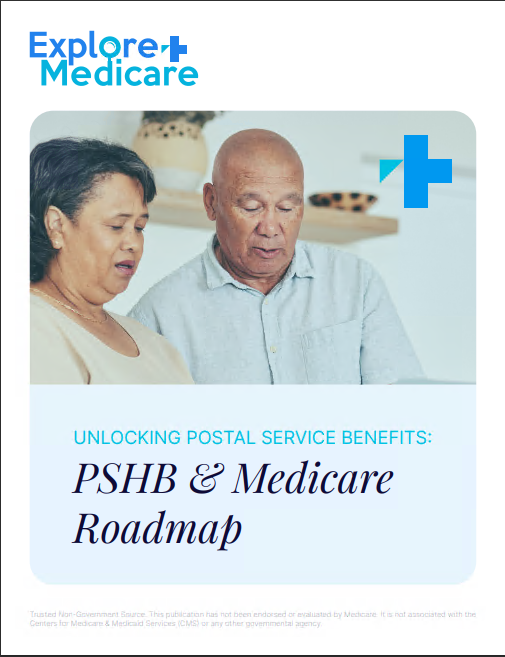Key Takeaways
-
Missing key Medicare deadlines can result in delayed coverage, penalties, or even permanent gaps in benefits.
-
Knowing when to enroll or make changes ensures you get the coverage you need without unnecessary extra costs.
Your Initial Enrollment Period (IEP) – The First Step
If you’re new to Medicare, your Initial Enrollment Period (IEP) is the most important deadline. This seven-month window starts three months before the month you turn 65, includes your birth month, and continues for three months after.
Missing your IEP could mean waiting until the General Enrollment Period and facing late penalties. Here’s what to consider:
-
Enrolling in Medicare Part A (if it’s not free for you) and Part B during IEP prevents lifetime late penalties.
-
If you plan on delaying Part B because you have employer coverage, confirm that your plan is considered creditable coverage to avoid penalties later.
The General Enrollment Period (GEP) – Your Backup Option
If you miss your Initial Enrollment Period, the General Enrollment Period (GEP) runs from January 1 to March 31 each year. However, coverage won’t start until July 1, which can leave you without medical coverage for months.
-
Part B enrollees using the GEP may face a 10% penalty for each full year they delayed enrollment.
-
If you need Medicare Part A but didn’t qualify for premium-free coverage, delaying could mean added costs and coverage gaps.
The Special Enrollment Period (SEP) – A Flexible Alternative
A Special Enrollment Period (SEP) lets you sign up for Medicare outside of the usual enrollment windows if you meet certain conditions. The most common SEP applies to those who work past 65 and have employer-sponsored health insurance.
-
If you qualify, you have eight months after leaving your employer coverage to sign up for Part B without penalty.
-
If you’re covered by a spouse’s employer plan, you may also qualify for an SEP.
-
COBRA or retiree health plans do not count as creditable coverage for avoiding penalties.
The Medicare Advantage and Part D Open Enrollment Period
If you already have a Medicare Advantage plan, you can make changes during Medicare Advantage Open Enrollment from January 1 to March 31. This period allows you to:
-
Switch from one Medicare Advantage plan to another.
-
Drop Medicare Advantage and return to Original Medicare (with the option to join a Part D plan).
If you have Original Medicare and need prescription drug coverage, you must enroll in Medicare Part D during your Initial Enrollment Period or the Annual Open Enrollment Period (October 15 – December 7). Missing these windows means paying late enrollment penalties for Part D for life if you go without creditable drug coverage for 63 days or more.
The Annual Medicare Open Enrollment Period – Your Yearly Review
Each year from October 15 to December 7, you can make changes to your Medicare coverage:
-
Switch between Original Medicare and Medicare Advantage.
-
Change your Medicare Advantage plan.
-
Enroll in, change, or drop your Medicare Part D plan.
Any changes made during this time take effect on January 1 of the following year. Skipping this period means sticking with your current plan, even if costs or benefits change.
The Medigap Open Enrollment Period – A One-Time Opportunity
If you want Medicare Supplement Insurance (Medigap), the best time to enroll is during your six-month Medigap Open Enrollment Period, which starts when you are both 65 or older and enrolled in Medicare Part B.
-
During this period, you can buy any Medigap policy available in your state with no medical underwriting.
-
If you apply after this window, insurers can deny coverage or charge higher rates based on health conditions.
The Late Enrollment Penalties – What Happens if You Miss These Deadlines?
Medicare penalties can be costly and permanent:
-
Medicare Part B Late Enrollment Penalty – A 10% increase in premiums for each full year you delay enrollment after eligibility.
-
Medicare Part D Late Enrollment Penalty – Calculated as 1% of the national base beneficiary premium for every month you go without creditable drug coverage.
-
Medicare Part A Late Enrollment Penalty – If you have to pay for Part A and don’t enroll when first eligible, your premium increases by 10% for twice the number of years you delayed enrollment.
Don’t Wait Until It’s Too Late
Missing a Medicare deadline can mean higher costs and delayed coverage. Mark your calendar, review your options early, and make the best choice for your healthcare needs. If you need guidance, get in touch with a licensed agent listed on this website for professional advice tailored to your situation.







